B2B Branding: How to Connect with Your Target Audience
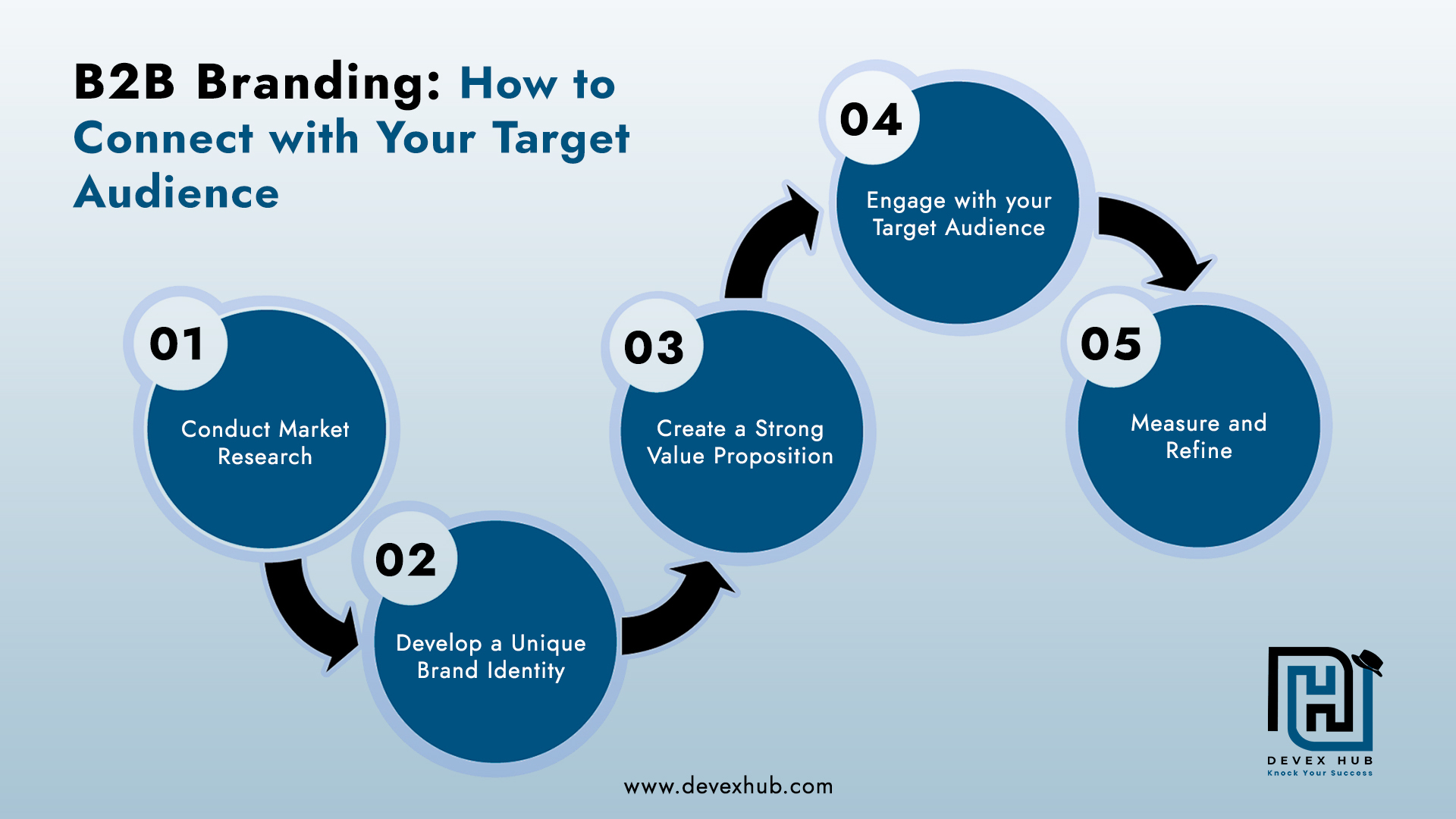
In today's competitive business world, it's not enough to simply have a quality product or service. To succeed, you need to have a strong and recognizable brand that resonates with your target audience. B2B branding can be a complex and challenging process, but it's essential if you want to establish yourself as a trusted and authoritative player in your industry.
Connecting with your target audience is at the heart of effective B2B branding. It's about understanding their needs, pain points, and goals, and positioning your brand in a way that speaks directly to them. A well-crafted B2B marketing strategy can help you build trust, establish credibility, and foster long-lasting relationships with your customers.
In this article, we'll explore the key elements of B2B branding and provide practical tips on how to connect with your target audience. Whether you are just starting or looking to revitalize your existing brand, this guide will help you create a B2B brand that stands out, engages your customers, and drives growth for your business.
Conduct Market Research
Conducting market research is a crucial step in connecting with your target audience through B2B branding. It provides valuable insights into the needs, pain points, and goals of your customers, which can inform the development of your brand strategy and messaging. Here's a deeper look at how market research can help you connect with your target audience
- Define your target audience - Market research can help you clearly define your target audience and understand their characteristics, such as age, gender, job title, and location. Having a clear understanding of your target audience can help you tailor your branding strategy to their needs and preferences.
- Gain insights into customer needs - Market research can provide valuable insights into the specific needs and pain points of your target audience.
- Evaluate customer perception of your brand - You can easily evaluate your target audience's perception of your brand.
Develop a Unique Brand Identity
Developing a unique brand identity is a critical aspect of B2B branding that can have a significant impact on your success in the marketplace. Your brand identity represents the visual and emotional representation of your brand and is a key factor in establishing brand recognition and differentiation from your competitors. To develop a strong and effective brand identity, there are several important elements to consider, including your brand name, logo, tagline, and color palette.
Your brand name should be memorable, easy to spell, and easy to pronounce. It should also be relevant to your target audience and communicate the essence of your brand. Your logo should be simple, memorable, and easily recognizable, even in small sizes. It should also reflect the values and personality of your brand and be consistent with your brand name and tagline. Finally, your tagline should be short, and communicate the value proposition of your brand. It should also be consistent with your brand name and logo and should help to reinforce your brand identity.
Create a Strong Value Proposition
Creating a strong value proposition is an essential component of an effective B2B marketing strategy framework. Your value proposition should be the foundation of your brand messaging and should articulate the unique benefits that your brand offers to your target audience. A clear and compelling value proposition can help to differentiate your brand from your competitors and establish your brand as a leader in your industry.
When developing your value proposition, focus on the specific benefits that your target audience is looking for. This can include things like superior quality, cost savings, convenience, or improved performance. Also, highlight what sets your brand apart from your competitors and why your customers should choose you over other options in the marketplace. To ensure that your value proposition is effective, evaluate and refine it based on customer feedback and market trends regularly. Your value proposition should evolve to keep pace with the changing needs and preferences of your target audience.
Engage with your Target Audience
Engagement is key to building a strong B2B brand. This can include attending industry events, hosting webinars, and creating content that is relevant and valuable to your target audience. By engaging with your customers, you can build relationships, gain insights, and develop a deeper understanding of their needs.
In addition to attending industry events and hosting webinars, there are other ways to engage with your target audience and build strong relationships with your customers. For example, you can use surveys and customer feedback to gain insights into your customer's needs and preferences. This type of engagement can help you understand what your customers value most about your brand and what areas need improvement.
Another way to engage with your target audience is by creating a customer loyalty program. A loyalty program rewards your customers for their repeat business and helps to build a strong sense of community around your brand. This type of program can include special offers, discounts, and other incentives that encourage customers to continue doing business with you.
Measure and Refine
Measuring the success of your B2B branding efforts is crucial for making informed decisions and continuously improving your strategy. One key metric to track is website traffic, which can provide valuable insights into the effectiveness of your online presence and B2B content marketing efforts. For example, if you notice a decrease in website traffic, it may indicate that your website needs to be updated or that your content is not resonating with your target audience. Another important metric to track is social media engagement, which can give you an understanding of how your audience is interacting with your brand online. This includes metrics such as likes, comments, and shares on your social media posts, as well as followers and engagement rates.
In addition to tracking metrics, it's also important to continually refine your brand strategy over time. This may involve making adjustments to your brand identity, value proposition, or engagement strategy to better connect with your target audience and achieve your business goals. By regularly reviewing and refining your brand strategy, you can ensure that your B2B branding efforts are always on-point and delivering results.
Key Takeaway
In conclusion, connecting with your target audience is key to building a strong B2B brand. Building a strong B2B brand takes time and effort, but the payoff can be substantial. By connecting with your target audience and delivering value, you can establish trust, build loyalty, and drive growth for your business. So if you're ready to take your B2B digital marketing to the next level, start by following these tips and see the results for yourself!

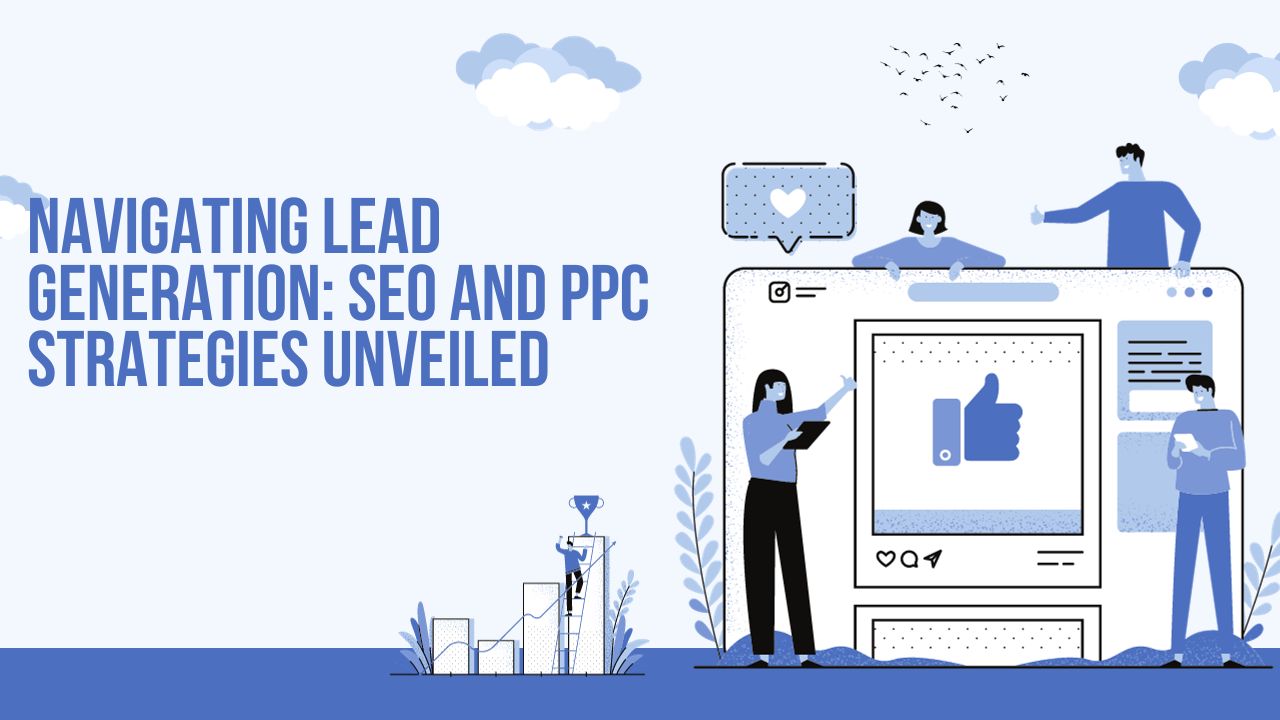

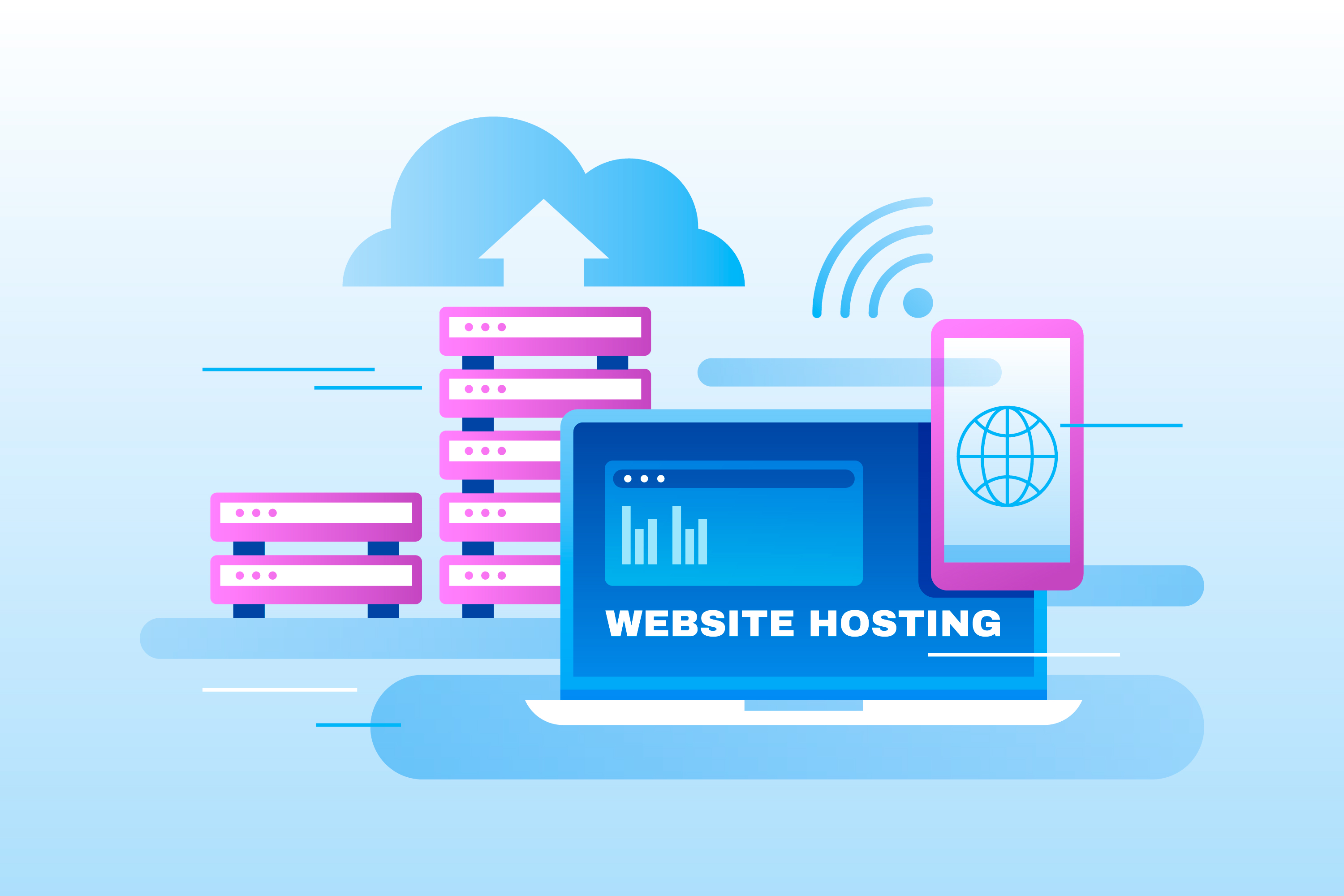
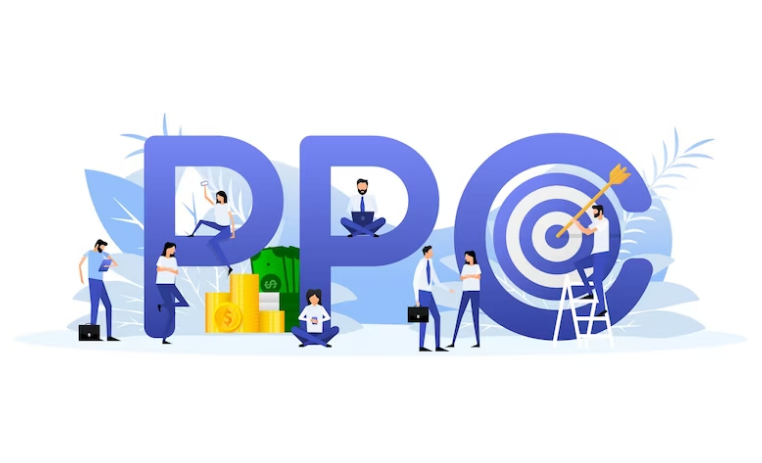
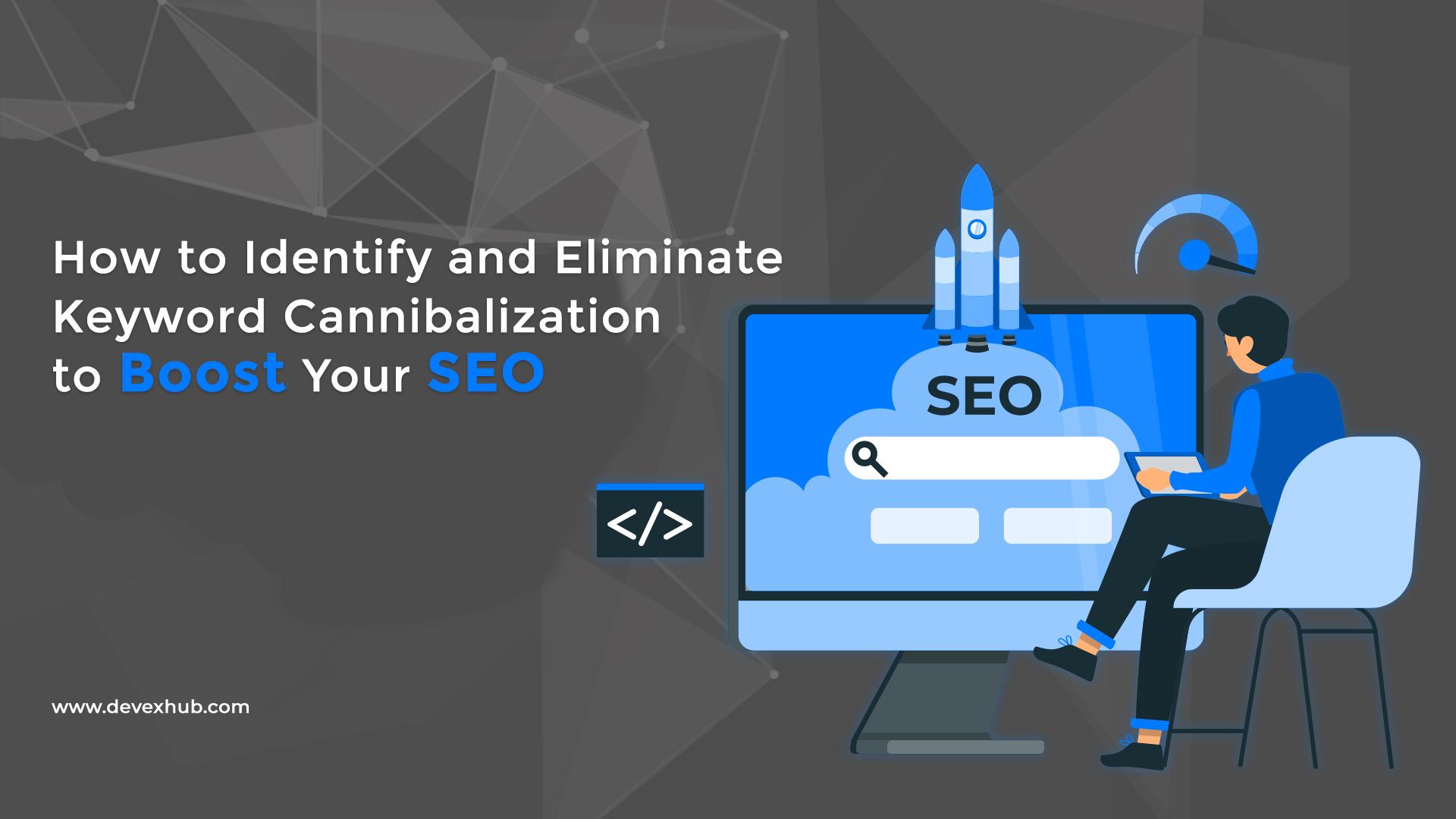
Comments
Post a Comment